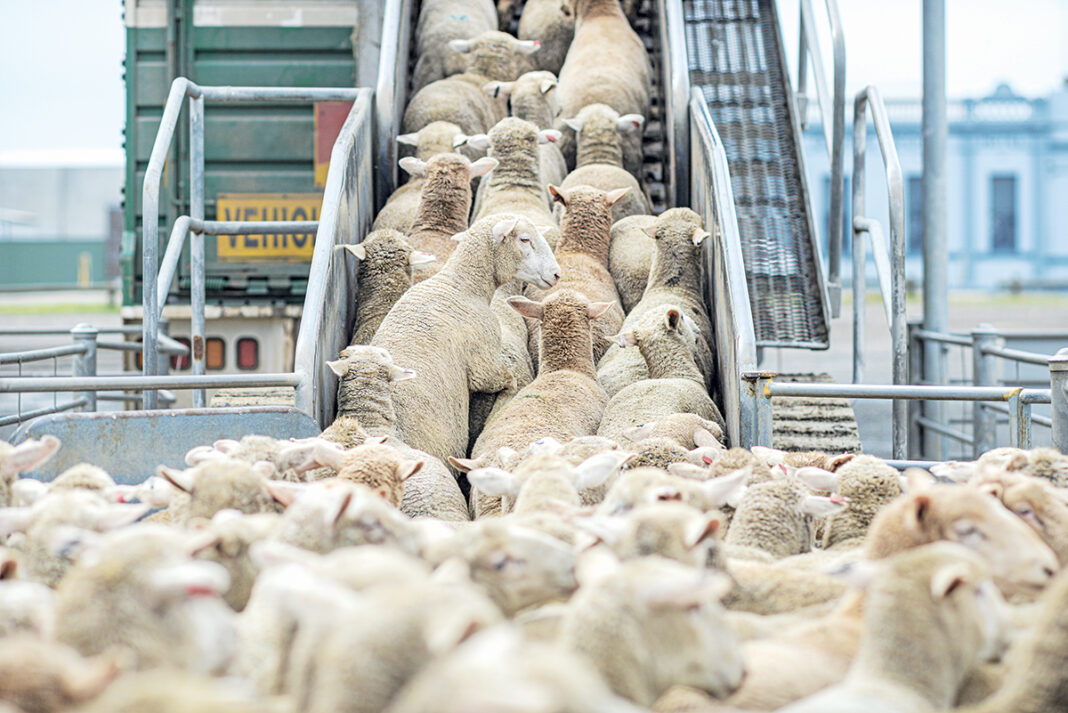Meat and Livestock Australia modelling has indicated the Victorian government’s restrictions on processing capacity, which require metropolitan processors cut their capacity to 80%, could see spring slaughter volumes cut by 250,000 lambs if they extend through until November.
This is assuming only metropolitan processors are affected.
A number of regional plants have metropolitan boning rooms – effectively meaning half of operations are at reduced capacity.
A worst-case scenario, which would include all Victorian processors being hit by the restrictions until the end of spring, would reduce the state’s ability to process lambs by 645,000 lambs.
Victoria accounts for almost 50% of lamb slaughter in Australia, drawing lambs from both SA and NSW as well.
In 2021, lamb numbers in Victoria are expected to be 455,000 more than the five-year average, and 450,000 more than the 10-year average, at approximately five million head.
These lambs above the 10-year average will also be surplus if they cannot be slaughtered.
Furthermore, this year’s spring flush is yet to fully hit its stride and there are still high inventories of 2020 lambs.
Since the start of August, young lamb yardings are back 20% on the same period last year.
This is despite total lamb yardings for both new and old season lambs being up 30% during this period, due to the sheer number of 2020 lambs still around.
Considering the reduction in capacity and a bigger 2021 lamb cohort, this could mean there are over one million excess lambs this year.
However, encouragingly, Victoria last week eased its regional restrictions and there is hope that this may lead to an easing of the restrictions for metro processing plants.
As well, during similar lockdowns in 2020, NSW was able to lift its production by 6% to offset the impact of reduced Victorian slaughter.
A 6% rise in NSW slaughter (noting Fletchers recent temporary closure to allow staff to get vaccinated) could see the state take an additional 100,000 lambs.
At present, lamb prices are elevated, however, supply will be high this year due to the size of the lamb drop.
The Victorian processor issue may also ease demand.
It remains to be seen if these factors will impact saleyard and OTH prices.
At present, the National Trade Lamb Indicator is 241¢/kg cwt higher than last year, appreciating by 26%.
Similarly, the National Heavy Lamb Indicator is 299c higher than last year, or 32%.
It’s expected there will be more heavy weight lambs hitting the market this year due to optimal conditions to add weight.




